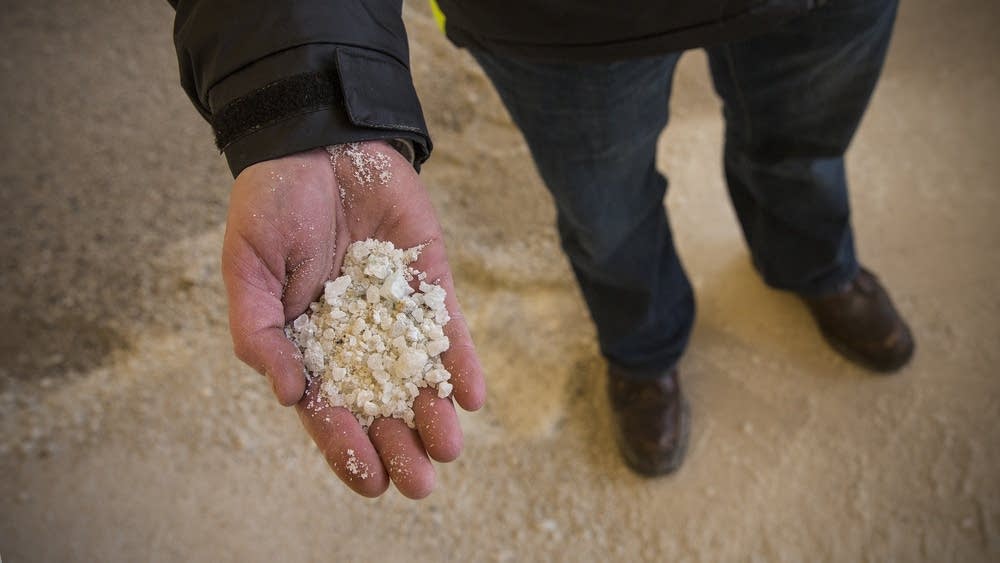America’s water infrastructure was built in the 19th and 20th centuries. It’s big, centralized and clunky. We average 250,000 water main breaks a year — one every two minutes. Water main breaks don’t just waste water and inconvenience people. They can also make it possible for contaminants to enter the drinking water system, potentially affecting public health.
“Sixty-three million Americans were exposed to potentially unsafe drinking water in the last decade.”
$635 billion in water and wastewater infrastructure
The U.S. E.P.A. estimates that we need $635 billion in water and wastewater infrastructure in the next 20 years to maintain our current levels of service. The American Society of Civil Engineers puts it closer to $1 trillion.
There are 52,000 drinking water utilities and 16,000 wastewater management utilities in the U.S.
In 1977, the federal government contributed 63% of total capital spending on water infrastructure. That dropped to 9% by 2014.
What We're Doing
In a recent survey by the APM Research Lab, infrastructure concerns were not top of mind for those surveyed. That’s perhaps not surprising, given that our water systems were built to be largely invisible. The Water Main is working to shed light on where Americans’ water comes from and how it gets to us, and explore the decisions and options we have for modernizing it.
Buried Lead
Millions of people still get water through lead pipes. Buried Lead, a collaboration between The Water Main and APM Reports, explores how lax EPA rules have left millions of Americans exposed to lead in drinking water. Learn more >>
Water Use and Pollution Survey
The major U.S. industries interact with water in diverse ways. Some use or pollute water more than others. Do Americans know how the pillars of our economy stack up when it comes to water? To find out, the Water Main launched a survey in partnership with APM Research Lab. Learn more >>
Flyover: Down the Mississippi River
Flyover from MPR News with host Kerri Miller is a live, national call-in show from between the coasts and across the aisle. This week-long special looked at the Mississippi River and how it influences the economy, culture and environment of the communities along its path. Learn more >>
Listen to the podcast
Listen to the podcast episodes from this season of Flyover from MPR News. Listen >>
Live Events
MPR News host Kerri Miller led a panel of mayors and water leaders at the US Water Alliance’s One Water Summit. Learn more >>
Road Salt Project
Each winter, Minnesota spreads more than 700 million pounds of salt on roads and walkways. Melted ice and snow can wash chlorides from road salt into rivers, lakes and streams. Learn more >>
MPR News Reporting
The Water Main partnered with MPR News to unearth road salt’s environmental implications. Read >>
Road Salt Checklist
Can you defend your state’s waters from chloride pollution? Use our checklist to see if you are up to the challenge. Take the quiz >>
Learn More
Infrastructure Report Card
2017 Drinking Water
Drinking water is delivered via one million miles of pipes across the country. Many of those pipes were laid in the early to mid-20th century with a lifespan of 75 to 100 years. The quality of drinking water in the United States remains high, but legacy and emerging contaminants continue to require close attention.
Infrastructure Report Card
2017 Wastewater
The nation’s 14,748 wastewater treatment plants are the most basic and critical infrastructure systems for protecting public health and the environment. Years of treatment plant upgrades and more stringent federal and state regulations have significantly reduced untreated releases and improved water quality nationwide.
EPA
Drinking Water Infrastructure Needs Survey and Assessment
The U.S. Environmental Protection Agency’s (EPA’s) sixth national assessment of public water system infrastructure needs shows a total 20-year capital improvement need of $472.6 billion.














